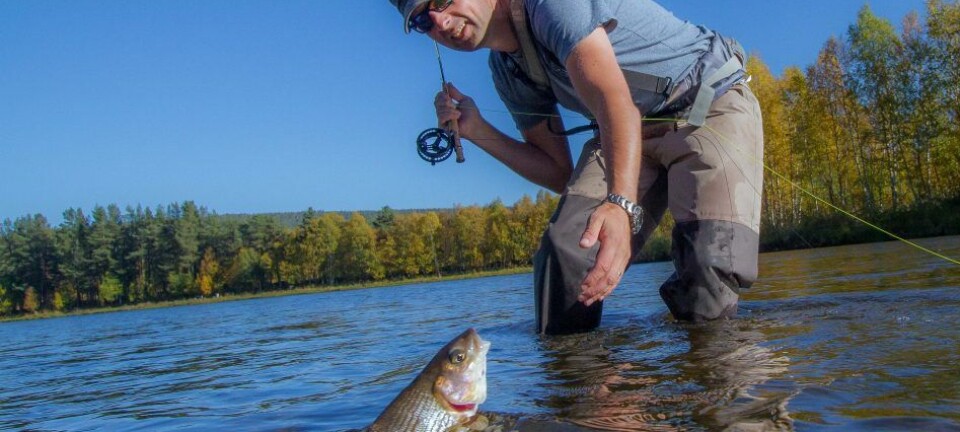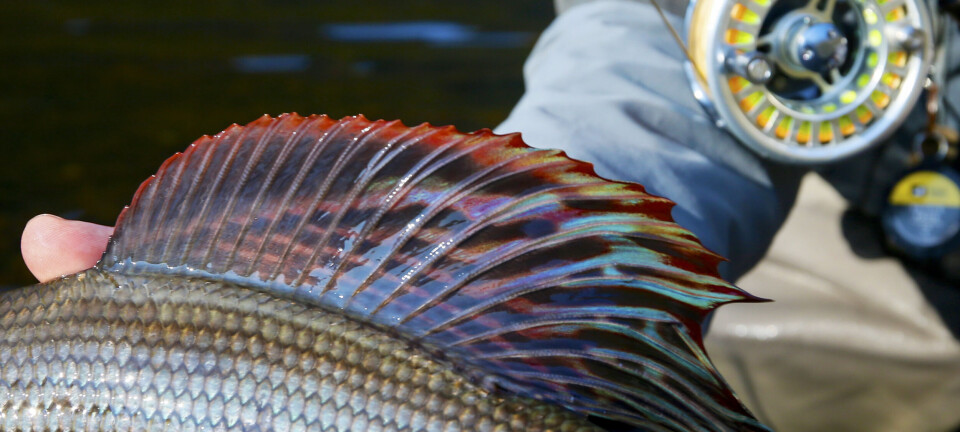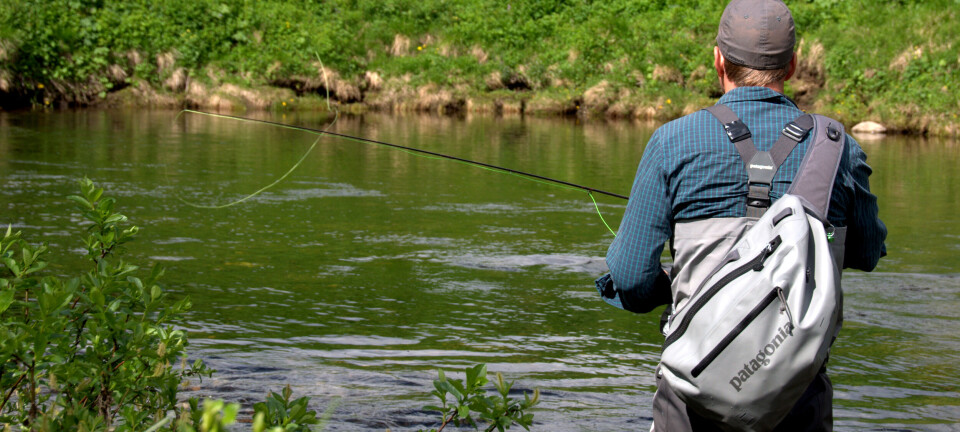How to catch more trout while improving your streamside manners

As the season progresses some of our rivers get their fair share of visitors. Increased fishing pressure can make both fish and fishermen grumpy and irritable. Here's how you can avoid both dire fates.
– What the ...
Your fishing buddy looks at you in disbelief. A huge campervan just parked on the riverside shoulder of the road on the high bank. The spooky trout in the gin clear pool – all four of them or so – scatter as their horizon is being rearranged in impossible ways for trout to grasp, before the wader clad fellow jumps out from the drivers seat of the huge vehicle. Ready to make his cast in the fishless part of the pool.
The situation described above, while fictional in this specific instance, is probably familiar to most of us. You have probably met someone like our stressed out antagonist. And like us, you've probably been them at some point as well. The anglers that frightens fish and annoys their fellow anglers by unecessary wading, fishing too close to others or just by having the bankside manners and discretion of a travelling circus.
As the rivers are clearing up and the numbers of anglers increase, both fish and folk can get grumpy and irritated.
Here's a few tricks that we think will hook you more fish, especially difficult trout in clear rivers, while making sure you don't annoy your fellow trout bums unnecessarily.
1. Be patient like a heron
The most common beginner mistake we see on clear rivers are caused by people being in too much of a rush. If you spook a fish or the rise stops due to a change in the wind, don't leave. They're usually back in business in ten minutes unless disturbed again. Anglers that spook a fish before they move on to spook the next one will not catch much besides the ire of other anglers.
2. Cast only when it counts
If a fish is spooked slightly it might stay in its lie, but stop eating or eat less frequently. Watch for signs of it's rhythm slowing down. If it does, give it a break until it's up to speed again. Repeated casting for a sulking trout will usually only serve to make it harder to catch.
3. Change flies frequently
If the fish has seen your fly, shown interest and then refused, changing the fly is nearly always a good idea in clear rivers with low fishing pressure. Try it before you reduce your tippet diameter.
If you follow these three tips you will spend more time per fish but catch more of them. You will also learn a lot more about trout behaviour and probably catch a few more of the difficult (and often quite big) trout that populate the rivers of Fishspot country.
I just want to know about the fishing!
Ok, we get you, but we had to get it off our chestpacks. The fishing is as it should be for the season. The weather is in charge. A warm spell is coming over the south of Norway, but it probably (hopefully?) won't last so long that the rivers dry up, but just long enough to kick start the bugs.
River fishing is improving all around, though several nights of freezing temperatures in the mountains of Dovrefjell, Jotunheimen and other mountain areas that feed Gudbrandsdalslågen during snow melt have caused the water to drop and reducing the activity of both fish and fish-food. That will change during the coming week. With a considerable amount of snow still holding out we expect a rise in water levels in zone 5-7 of Gudbrandsdalslågen but no serious flloding.
All of the Glomma catchment is open for business. A huge grayling was caught on Kvennan Fly Fishing a short while ago. Hatches are becoming more prolific. Backcountry and lake fishing is excellent in some areas, and those seeking trophy trout seem to have the most success on stillwaters.
High summer is still not here and there's tons of bugs left to hatch. Good times ahead, indeed.


